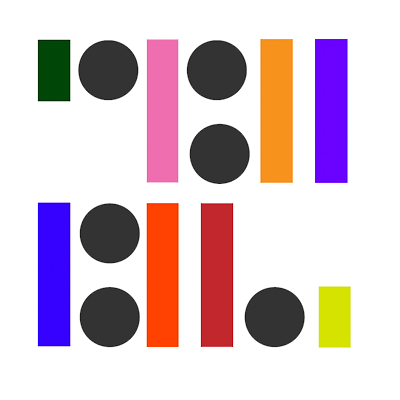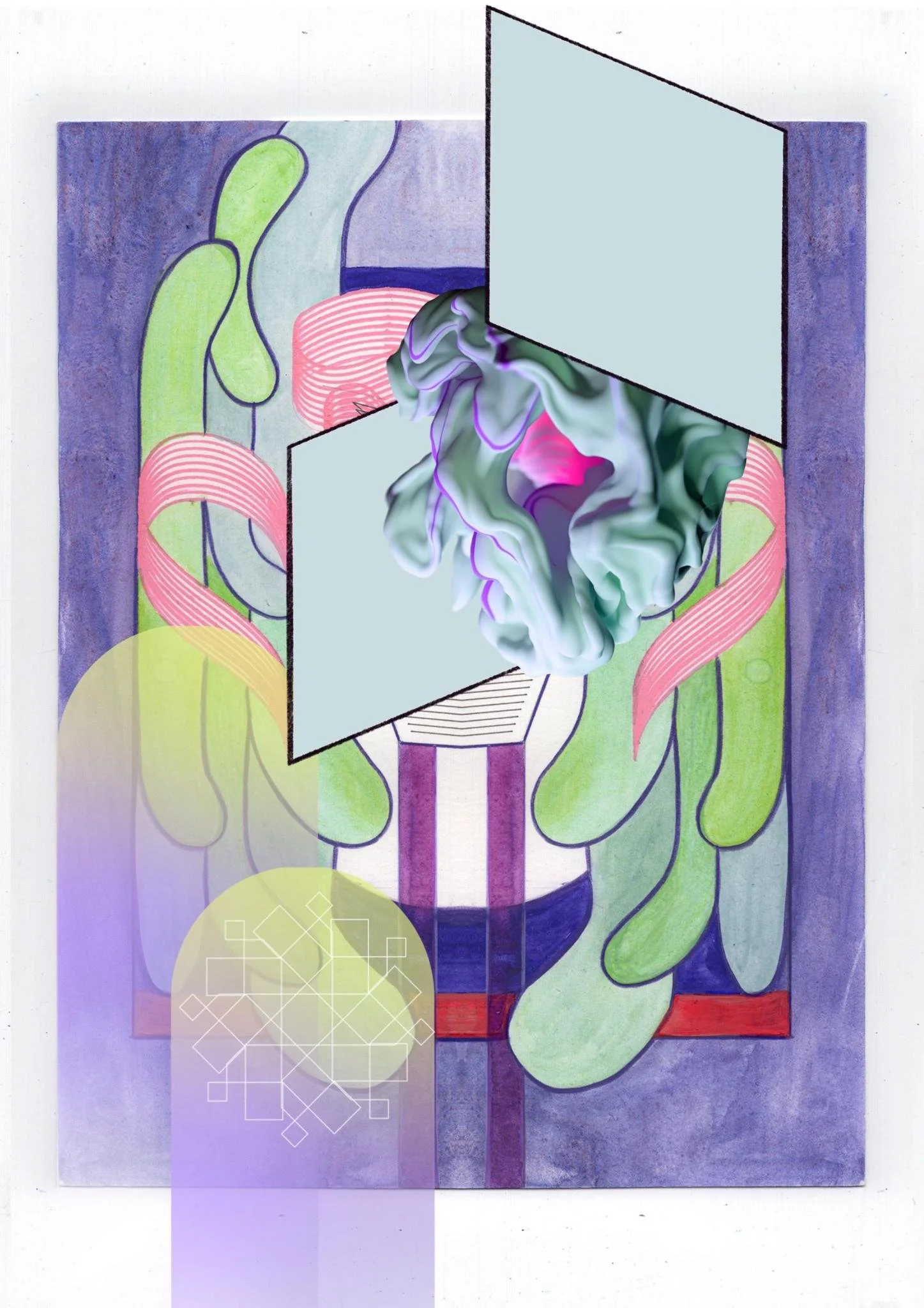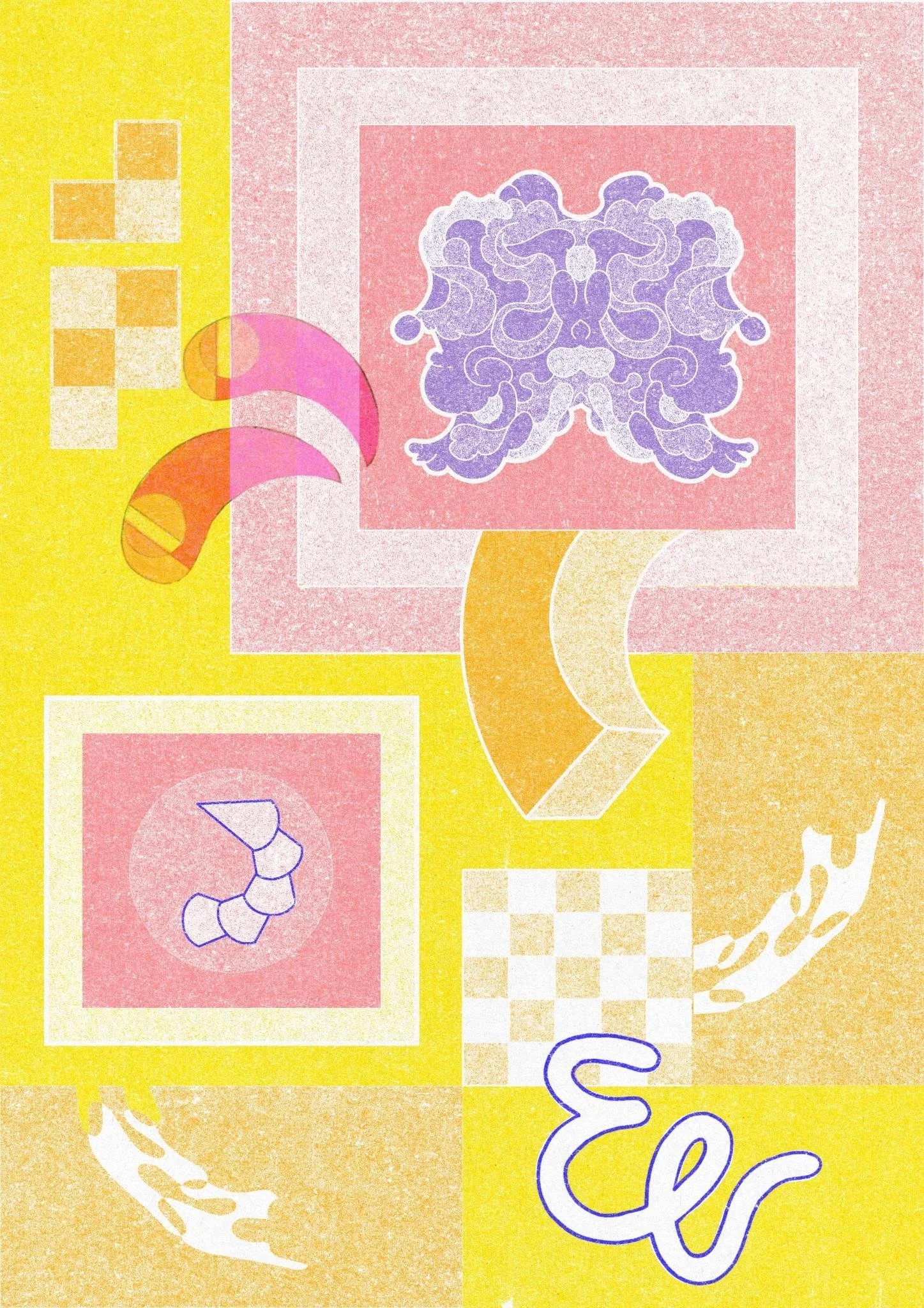Meet Yaron
Meet Yaron Maïm a Swiss-French media artist, creative technologist and the instructor of ‘Video is the New Sketch’, whose practice moves between abstraction and system-building, and debunking the myths of creativity and generative art.
Yaron developed the Tiny Storms method, with which you can make video your sketching tool and which works for people in all fields, from mathematicians to choreographers, keeping the joy of experimenting while winning back time. With Tiny Storms you sketch fast and make ideas real before they go away.
We talked with Yaron and asked questions about the power of Tiny Storms, the possibilities of video sketching and how to integrate critical reflection in the use of new technologies for art making.
Can you give us a short summary of your artistic path?
Before I worked with AI, I worked with elevators and blankets turned into spaceships. With my chosen sister and the neighborhood kids, I learned that dreaming another world together could shift reality, turn everyday life into something else, and even open futures. That instinct is still here: take what exists, bend it, make it move.
Iromatik, Yaron Maim, 2025. iromatik.com
I’m a Swiss-French media artist and creative technologist in Berlin. My practice moves between two poles: abstraction and system-building on one side, and on the other, debunking the myths of creativity and generative art. I hold dual Master’s degrees in Solo/Dance/Authorship (HZT Berlin) and Critical Curatorial Cybermedia (HEAD Genève). I’ve worked with mathematicians and choreographers, always crossing fields and chasing joy in it.
This year I prototyped 3D visualizations of topology research with the Max Planck Institute, co-ran Suuperpose, a human–machine collaboration in live audiovisual performance mixing AI and analog glitch, and developed Tiny Storms, my method for using video as a sketchbook.
Iromatik, Yaron Maim, 2025. iromatik.com
For me, generative art is never just computation. It’s relation, working with others and with systems. Bending tools, inspecting pipelines, and updating the rulebook while everything else pushes toward automation. That’s the energy I’ll bring into *Video Is the New Sketch*.
How did you come up with the Tiny Storms method?
Sketching tools are a survival kit and If I had to keep only one, it would be my tiny watercolor box and some paper.
My early animation (stop-motion, hand-drawn, 3D) was painfully slow. Now it’s something I can do on the fly. With generative video tools and a quick editing app, my phone (same size as that watercolor box) is my new sketchbook. I use video to draft ideas in motion, communicate, document, stay focused, sharpen one idea at a time.
The name Tiny Storms comes from two books. First, Tiny Experiments by Anne-Laure Le Cunff of Ness Labs, which links neuroscience with the experimental mindset. I discovered it through a piece on digital gardens and bi-directional linking as playful, non-linear journaling. It clicked instantly. Her broader research resonates with my process-driven, system-based approach.
Second, The Storm of Creativity by Kyna Leski, architect and animator. I first heard it in a Houdini tutorial, where a VFX artist using simulations in a game engine spoke about stubborn materials resisting control, quoting Leski’s idea that creativity is a storm acting on the artist, not the other way around.
What is the most exciting part of incorporating Tiny Storms in a person's practice?
Speed! Ideas don’t sit in your head anymore: you throw them into motion and test them. But, without a framework, generative video traps you in the same loops. You could make your way through by experimenting endlessly on your own, but that demands time and energy and often just adds to the overwhelm.
Tiny Storms cuts through. It is interdisciplinary on purpose and mixes traditional media alongside new tools. It keeps the joy of experimenting while helping you win back time. You sketch fast and make ideas real before they go away. And you do it with an eye on energy and resource costs, so the speed is sensible.
What type of ideas can be prototyped in video?
Almost anything!
You want to quit smoking. You make a 10-second horror clip where cigarette smoke mutates into a monster eating your lungs. Cringe, funny, a bit terrifying.
You’re a climate scientist. The data is accurate but the visuals aren’t ready for your talk. You sketch quick motions testing color, texture, rhythm. In a few hours you see what works and the audience sees what you mean.
You’re a designer. Deadline’s brutal and there’s no time to fabricate. You draft a fast video of how the piece would sit in a space and then, the jury doesn’t see an unfinished piece, instead, they believe in what they see.
How are we critically reflecting while using technology in this course?
With Tiny Storms, reflection isn't a pause, it happens in the hands-on process and it’s part of the experiment: in stubborn material or in the moment a sketch refuses to behave. Losing control creates distance, forces decisions.
We’ll question the illusion of immateriality, since new media isn’t weightless, it runs on energy and hardware, and therefore, every sketch has a cost. We’ll try to track it and put it back into the work.
We’ll watch ourselves critically in the process of making: loops disguised as “intuition,” defaults baked into interfaces, ranking rules that pretend to be neutral. Then we push back with constraints and framing.
When it comes to AI taking from artists, the question is the difference between inspiration and extraction. One circulates, the other drains. We’ll draw that line together, not pretending to invent from nothing.
Artists aren’t new to this. We live with the paradox of working with tools that open futures and enforce control at the same time. Who owns the tools? Who sets the rules? Our role isn’t to give answers. It’s to ask sharper questions, by playing inside the trouble itself. We make the contradiction visible.
Video Is The New Sketch takes place this Fall on Mondays, 10. Nov. - 8. Dec., 6-8pm CET
For more info and to join: https://www.schoolofma.org/programs/p/fall2025-video-is-the-new-sketch



